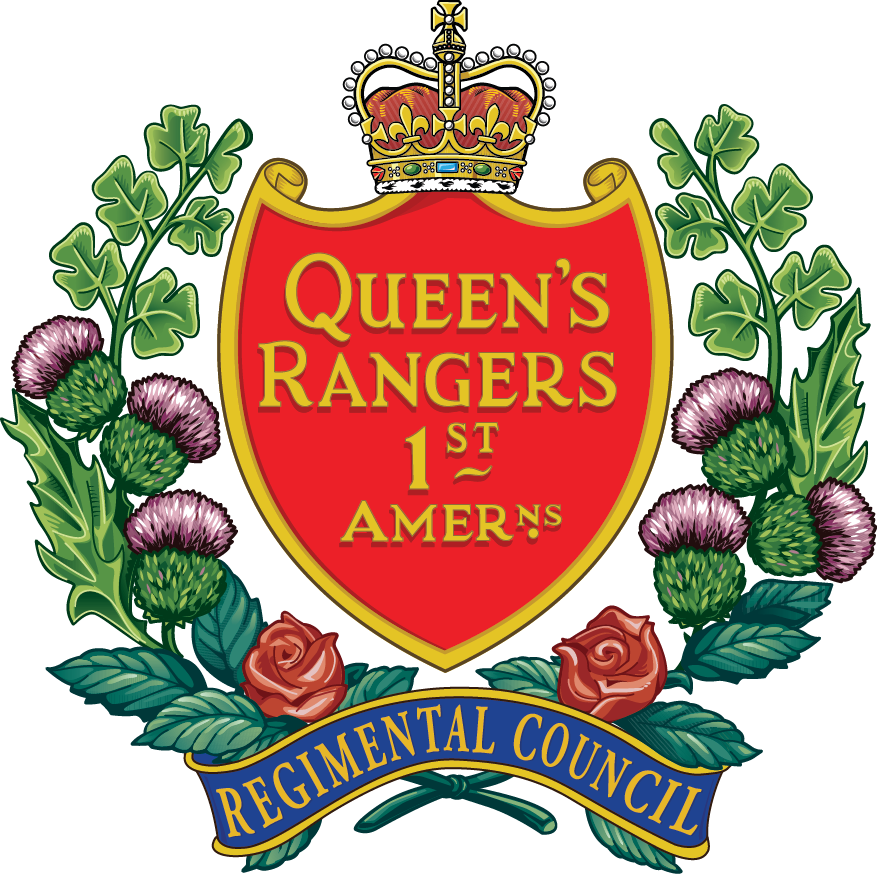Peace Parade in London - May 3, 1919
/In 1919, the streets of London, England were graced with two victory parades to mark the Allied Victory in 1918. The main event was held on July 21st, but the first one was held May 3rd and largely focused on the Dominion troops had responded to Britain’s call during the war.
However, tens of thousands of Australian, Canadian, Newfoundland, New Zealand, and South African troops had already left for home, along with the contingents of others who had come to France from as far afield as Hong Kong and Jamaica. Moreover, by 1918, none of Britain’s soldiers from India were even in France. A parade that featured the Dominion troops had better be held soon.
The repatriation of Canadians from Europe had been slow. There were hospitals stuffed full of wounded and specialists that needed priority – for instance, the expert railroad engineers of the 127th Battalion had been coming home in small parties since early January. Perhaps they were needed... While enough ships were available to transport 50,000 Canadians a month, Halifax could only handle 30,000 as a result of the damage to the city from the Mont Blanc explosion of December 1917
The 1st Canadian Division was already well in transit as the May 3rd Victory Parade occurred. The 3rd Battalion (based on the Queen’s Own Rifles) was gladly setting foot back in Toronto a day or two earlier.
The remaining Canadian troops in the UK were each told to provide five officers and 200 troops for the parade. The order of march, so far as the Dominion troops would be Canada, Australia, New Zealand, South Africa and Newfoundland. As it happened the senior Canadian formation left in the UK at the time was the 4th Brigade of the 2nd Division – which included the 20th Battalion... and they still had their band with them.
So on May 3rd, 1919 London held its first triumphal victory parade. Tens of thousands of soldiers, sailors, nurses marched through the city with tanks, guns and German war trophies added to the spectacle. At the head of the entire procession was the Band of the 20th Battalion, closely followed by 200 of the 600 Rangers who were still on strength with the depleted battalion.
The triumphal procession began at Hyde Park by Grosvenor gate, entered St James’s Park at Hyde Park Corner, passed down Constitution Hill in front of Buckingham Palace out through Buckingham-gate into Victoria-street, and so by Whitehall, Charing-cross, and the Strand to Australia House, whence it turned up Aldwych and Kingsway and along Holborn and the Oxford Streets to the Marble Arch.
Ten days later, the 20th Battalion boarded the SS Coronia, and finally set out for home.



